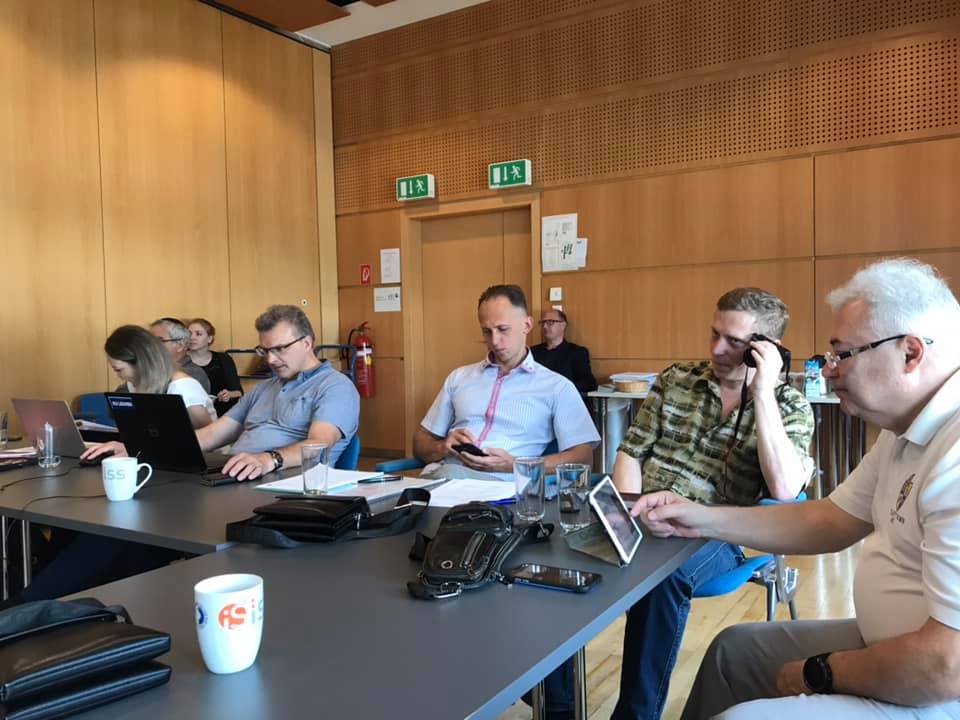[vc_section][vc_row][vc_column][vc_row_inner][vc_column_inner width=”1/4″][vc_single_image image=”2733″ img_size=”full” el_class=”.non-padding” css=”.vc_custom_1572442136367{margin-right: -15px !important;margin-left: -15px !important;}”][/vc_column_inner][vc_column_inner width=”1/2″][/vc_column_inner][vc_column_inner width=”1/4″][/vc_column_inner][/vc_row_inner][/vc_column][/vc_row][vc_row][vc_column width=”1/4″][vc_column_text css=”.vc_custom_1640092266850{margin-left: -15px !important;padding-top: 5px !important;}”] Syllabus
Moodle
Learning materials
[/vc_column_text][/vc_column][vc_column width=”3/4″][vc_column_text]
Learning outcomes:
The first part of the course will provide students with fundamental biological processes that influence cell-biomaterial interaction, including molecular-level events that happen at the tissue-implant interface. Furthermore, selected material, biological, and physiological consequences of these events will be addressed as well as the importance of the body’s wound-healing responses. Host reactions to biomaterials will be covered. These include protein-surface interactions, cell-surface interactions, blood-material interactions, blood coagulation, inflammatory response, infection, immune response, complement activation, and the overall stages and processes of wound healing. The course also provides extensive coverage of the three pertinent interfaces between the body and the biomaterial, between the body and the living cells, and between the cells and the biomaterial that are critical in the development of tissue-engineered products that incorporate living cells within a biomaterial matrix.
[/vc_column_text][/vc_column][/vc_row][/vc_section]

